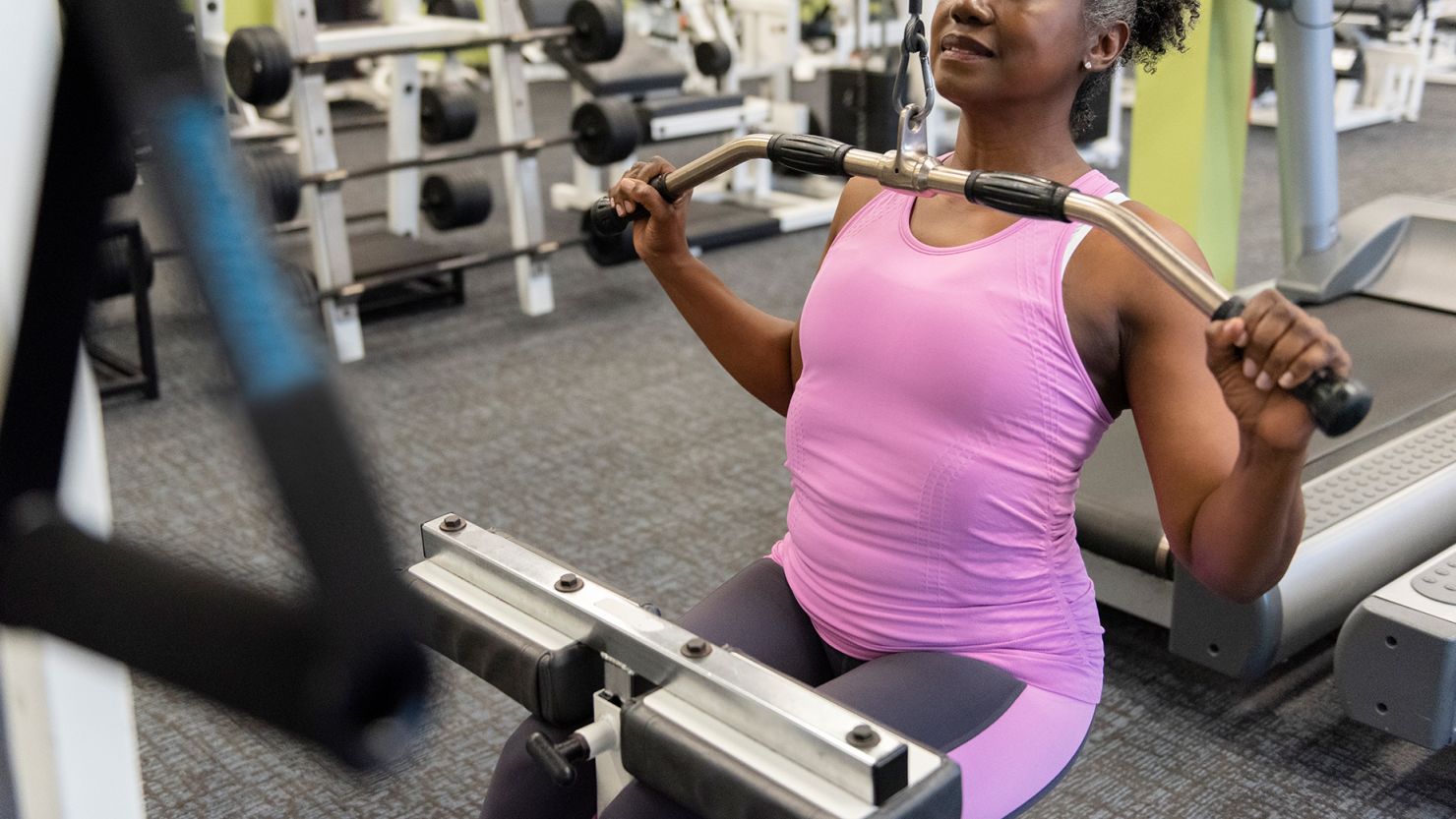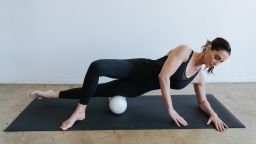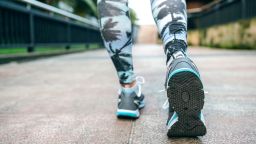Editor’s note: Before beginning any new exercise program, consult your doctor. Stop immediately if you experience pain.
It’s a frustrating irony that exercise — so critical to good health and longevity — also has the potential to cause harm.
Some 3.6 million people were treated in emergency departments in 2022 for various injuries involving sports and recreational equipment, according to the National Safety Council. Topping the list? Injuries from exercise and exercise equipment, which accounted for 445,642 of those emergency department visits.
Whether you’re just starting out or rebooting a fitness routine, many injuries can be prevented with a little awareness and caution, according to experts.
“One of the biggest mistakes I see is doing too much, too soon,” said Dr. Alex McDonald, a family and sports medicine physician and assistant professor of clinical science at the Kaiser Permanente Bernard J. Tyson School of Medicine in Pasadena, California.
McDonald said such overexercising often occurs when someone decides to begin a new exercise regimen. “But they overestimate what they can do, then get injured or quit,” he said.
Exercising should be thought of as a long game, said Lisa Herrington, a certified personal trainer in Davis, California, and cofounder of Fit House Davis. “It should not be an all-or-nothing mentality,” she said. “A little every day goes a long way.”
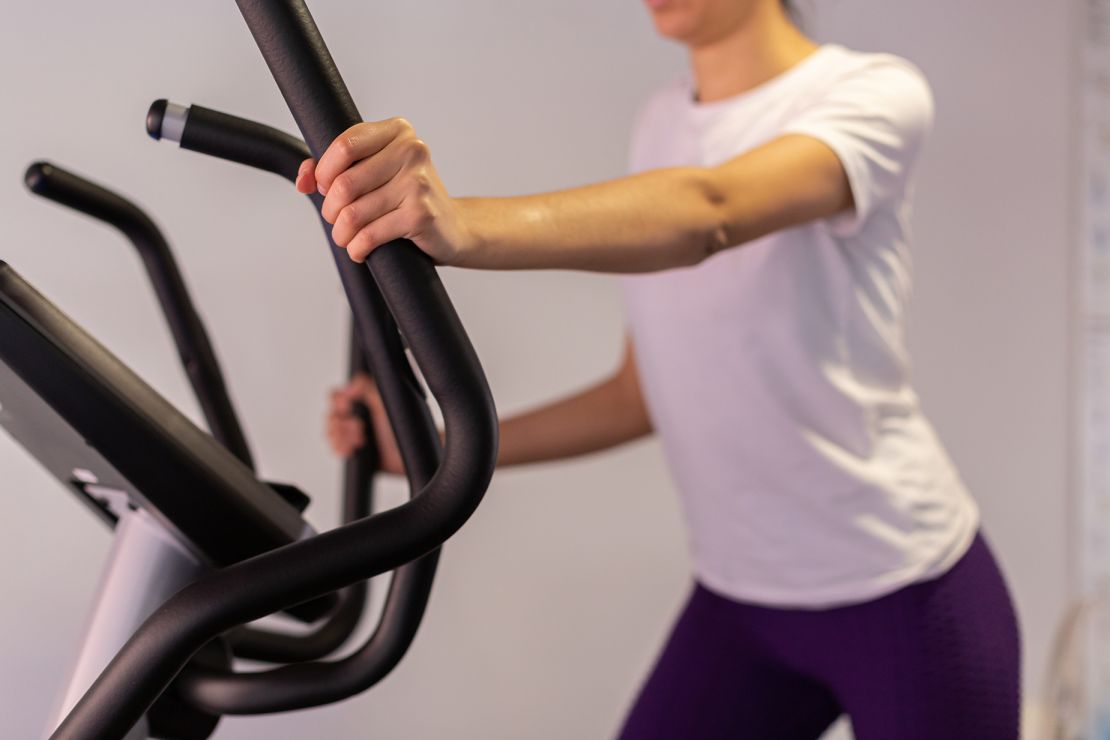
Be mindful of form
Using proper form when exercising is also critical, whether you’re using a piece of gym equipment or engaging in activities such as running or cycling.
“Having good form always trumps speed, weight or strength,” McDonald said. “If you have bad form, you’re not getting the full benefit of the workout, and are potentially straining other muscles and ligaments that you’re not supposed to be using.”
One common example of bad form is hanging on, or leaning over, the handrails on treadmills and elliptical machines.
“People often hang on the handrails when they’re getting tired, instead of slowing down,” Herrington said. “But handrails are supposed to help with your workout, not be a rest aid. If you’re hanging on the equipment or leaning over the bars, back off the pace or incline.”
Herrington also frequently sees people leaning too hard on bike handlebars during the spin classes she teaches, which can result in sore necks and shoulders.
“People get tired during the sprints, so all of their body weight goes into the handlebars,” she said. “They should really take a seat for a few seconds and then sprint again.”
To ensure you’re using proper form, both McDonald and Herrington said it’s best to enlist the help of a professional, such as a personal trainer or physical therapist. They are the experts, plus it’s hard to evaluate yourself.
What’s more, you carry your body differently as you age. So even if your form was great several years ago, you may need some tweaks for the body you have today.
Cycling: Proper bike setup
Cycling may seem like a straightforward exercise, but it can cause injuries, too. A frequent misstep when cycling is having an incorrect seat height.
If your bike seat is too low or high, you may develop knee or lower-back pain, as your knee angle will be altered with each pedal stroke.
Your bike seat, or saddle, should be even with your hip bone when standing next to it.
When sitting on the bike and taking your feet off the pedals, your toes should be the only thing touching the floor.
Running: Don’t overdo it
Runners are at risk of goofs such as overstriding, poor gait and overtraining.
Overstriding, a common running error, occurs when you land with your foot too far in front of your hips or knees. Doing so puts you at risk for stress- and joint-related issues. Increasing your cadence, or the frequency of your steps, lowers the high impact of running, which may reduce injuries, according to a 2021 study. Greater step frequency also combats overstriding, as you have to take shorter steps.
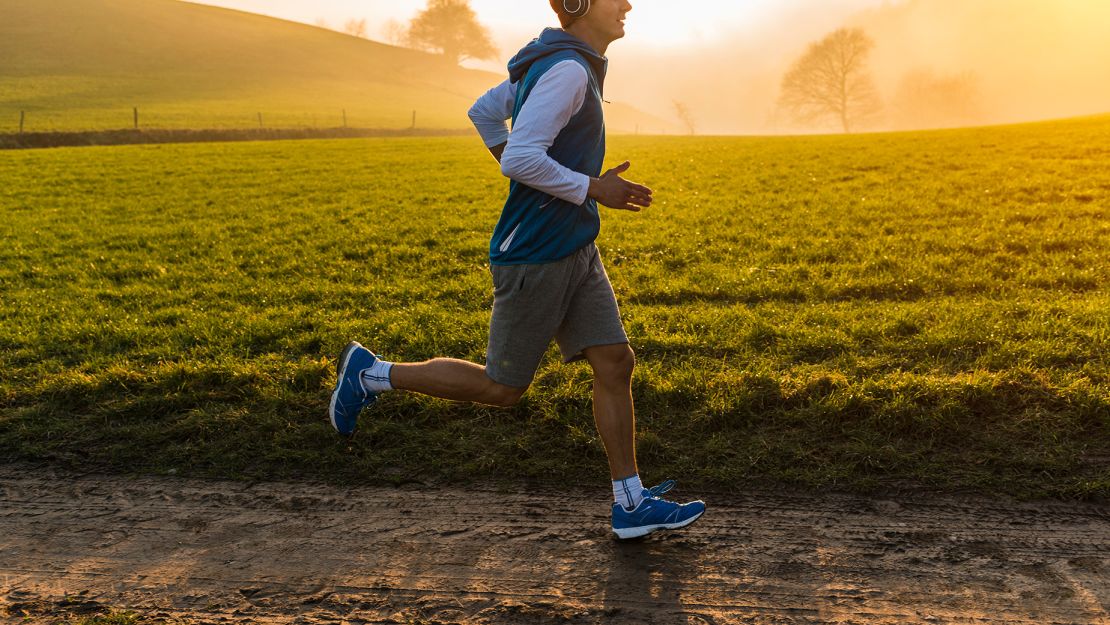
To see if you may have gait issues, check the bottoms of your running shoes, McDonald said. If your heels or the outsides of your shoes are quite worn, it could indicate you’re landing too forcefully and frequently in less-optimal spots.
“A lot of running stores can video you running and do a gait analysis,” he said. “Physical therapists provide this service as well. Small tweaks in your gait can make a big difference when you’re talking about preventing a repetitive injury.”
Vary your movement
Overtraining involves performing the same motions over and over again, which can fatigue the body and make it susceptible to injury. Overtraining can also cause your fitness to plateau. So no matter your favorite activity, you should routinely mix things up.
“Try new machines at the gym,” Herrington said. “Take a group exercise class. Incorporate strength training exercises into cardiovascular routines.”
Developing a strong core is essential, too. “Core exercises strengthen the front and back of your body, improve your posture and help you move better,” she said.
Sign up for CNN’s Fitness, But Better newsletter series. Our seven-part guide will help you ease into a healthy routine, backed by experts.
Build your routine gradually
No matter what workout regimen you settle on, the key to staying healthy is to start slow and low. Increase the time or intensity of your workouts by just 10% per week, McDonald said, and never boost both the intensity and duration simultaneously.
Then, enjoy.
“The goal of regular exercise is to be able to move with comfort and ease for as long as we possibly can,” Herrington said. “Doing the right exercises for your body and mind, mixing up your routine every now and then, enlisting a professional when you need guidance, and choosing exercises that bring you joy are all important pieces to living a healthy life.”
Melanie Radzicki McManus is a freelance writer who specializes in hiking, travel and fitness.

